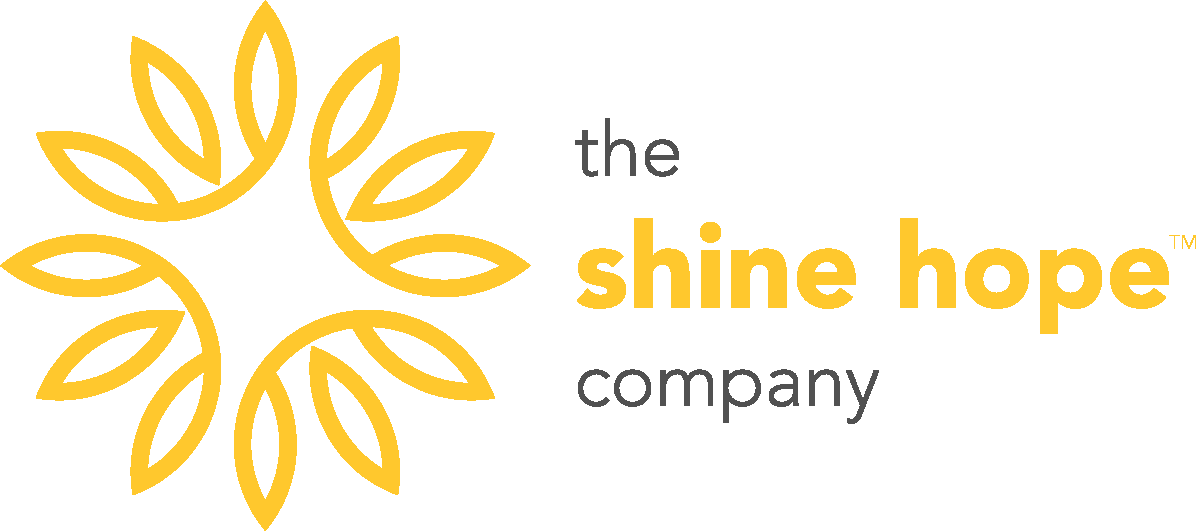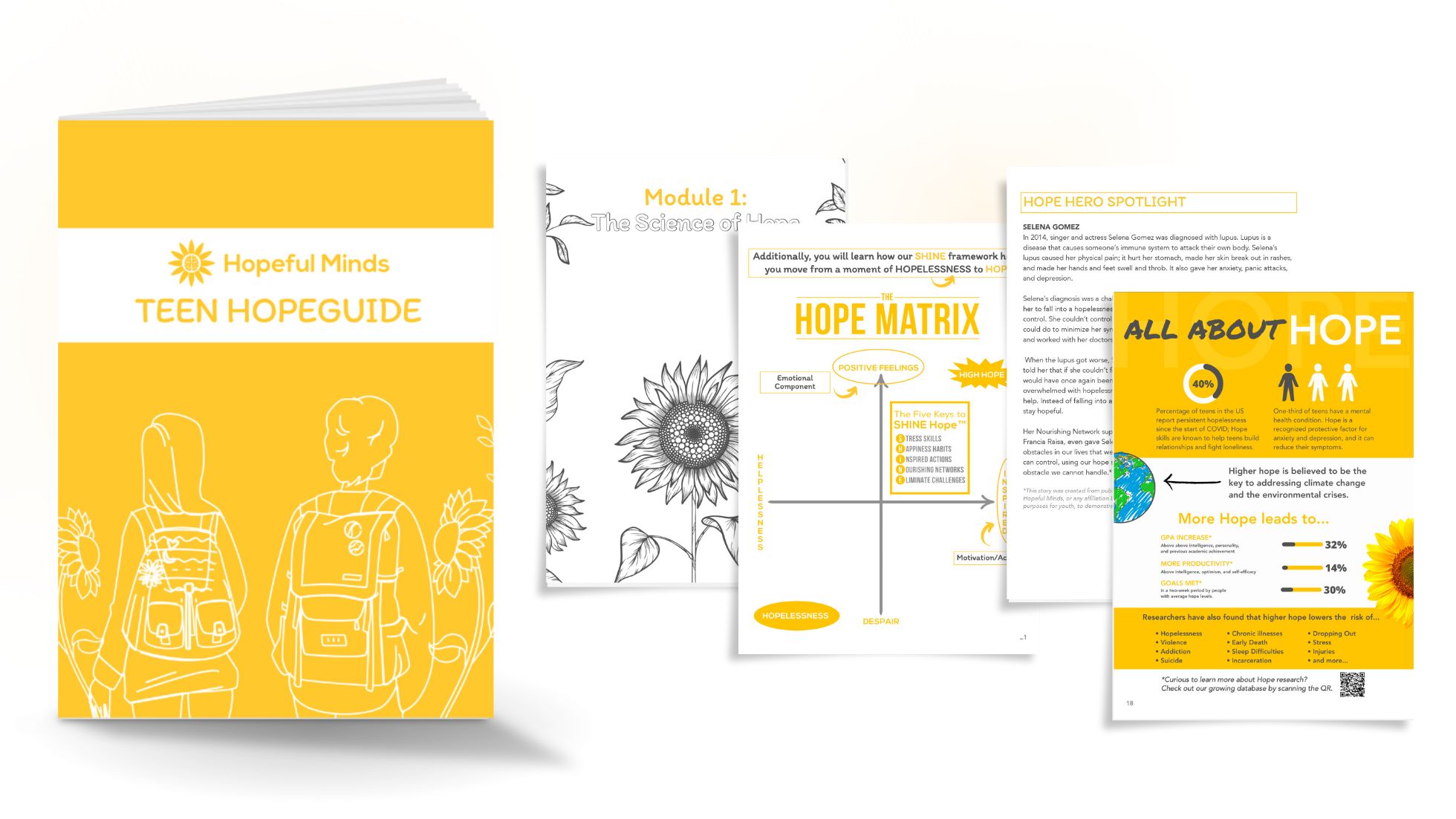Hope is a proactive, innovative approach for addressing mental health in the workplace.
For every employee experiencing mental distress, employers incur $15,000 per year in lost productivity, health care costs, and turnover. Furthermore, depression is the leading cause of worker disability worldwide and results in 11.5 days of reduced productivity every three months. Hopelessness is the primary symptom of depression and a key symptom of anxiety, and hope is a protective factor for both.
Hope is also one of the four basic needs in Strength-Based Leadership. Employees with higher levels of hope are more motivated to set and pursue goals, while having the skills to maintain a positive mindset and overcome challenges in the face of setbacks.



Additionally, higher levels of Hope lead to:
- Increased workplace productivity by 14%, outperforming productivity based on the worker’s intelligence, optimism, and self-efficacy.
- Increased ability to support the attainment of the Sustainable Development Goals, set forth by the United Nations.
- Increased employee retention.
- Increased job engagement among individuals experiencing moderate to high levels of loneliness in remote work.
- Increased sleep quality and quantity.
- Decreased risk of developing chronic conditions such as cardiovascular disease.
- Decreased anxiety and depression; we also know that existing depression or anxiety does not prevent one from growing their hope levels.
- Decreased recovery times following an injury.



